Similar presentations:
Interpersonal Behavior
1. Interpersonal Behavior
Marina KotovaAlena Khaptsova
Interpersonal Behavior
Winter-Spring 2016
2. Lecture structure
• Acquaintance (Let’s meet) & mutualexpectations
• What does the term “IB” mean?
• Course structure and schedule
• Assessment and grading
• Defining areas of interests
3. Acquaintance (Let’s meet)
• Teachers’ ideas and expectations– students’ growth
– new knowledge
– interesting discussions
• Students’ ideas and expectations
4. Interpersonal behavior
• What does the term “IB” mean?• IB is an aggregated notion different areas
of research
• IB is behavior that is driven by interpersonal
motivation
5. Synonyms
Social behavior
Interpersonal interaction
Social connectedness
Social interaction
Prosocial behavior
Co-existence
…
6. Course topics
need to belongneed to
belong
exclusion and
ostracism
interdependence
coordination problems
deception
fairness
self-interest
and fairness
conflict and
cooperation
dilemmas
moral emotions
equity theory
voice effect
justice
reciprocal altruism
social
exchange alt. punishment
7. Class structure
• Short quiz (3-4 Qs)• Discussion, debates, tasks, etc.
• Individual presentation(s) (hw 1)
8. 3rd module schedule
21.01• Need to belong
28.02
• Exclusion and ostracism
4.02
• Interdependence
11.02
• Coordination problems
18.02
• Dilemmas
25.02
• Moral emotions
3.03
• Reciprocal altruism
10.03
• Altruistic punishment
9. 3rd module schedule
17.03• Equity theory
24.03
• Voice effect
4th module schedule
07.04
• Deception
14.04
• Self-interest and fairness
???
• Exam
???
• Research classes (Homework 2)
10. Assessment
• Home reading – short quizzes• Participation
• Homework (1) – presentation and post hoc
reflection (individual; deadline – presentation day
+ 3 days)
• Homework (2) – research based on course
materials (mini-groups; deadline – June …)
• Exam – final test (April-May, appr.)
11. Grading
• Total = 0.2*Оexam+0.8*Оaccumulated mark• 0.5*Ohw + 0.25*Oquizzes + 0.25*Oparticipation
• Total =
– 20% - test (exam)
– 40% - homework (1+2)
– 20% - quizzes
– 20% - participation
12. Supporting material and services
• LMS:– General info
– Core reading
– Articles for individual presentations + online
table for pres. schedule
– Course presentations (teachers’)
– Assignments + projects
13. Next time
• Reading and discussion: Topic 1. Need tobelong
• Short quiz
• Presentation(s) ?
14.
Horowitz, L.M., Wilson, K.R.,Turan, B., Zolotsev, P.,
Constantino, M.J., Henderson, L.
How interpersonal motives clarify the meaning
of interpersonal behavior: A revised circumplex
model
Personality and Social Psychology Review, 2006, 10, 67-86.
15. Short history
• interpersonal theories and interpersonal models(Kiesler, 1983; Leary, 1957; Sullivan 1953)
• “theorem of reciprocal emotion” – reciprocity (or
complementarity) in human interaction (Sullivan, 1953)
• the principle of complementarity – “A person’s
interpersonal actions tend (with a probability
significantly greater than chance) to initiate, invite,
or evoke from a interactant complementary
responses” (Kiesler, 1983, pp.200-201)
16. Interpersonal models
dominating behaviordominance
affiliation
hostile behavior
friendly behavior
submissive behavior
17. Problems
• the principle does not work for behaviors on thehostile side of the interpersonal space
• friendly behavior has a relatively high base rate, even
when initiating behavior is hostile
revisions of the model
18. Revised Circumplex Model. Basic postulates (27)
• Interpersonal motives may be organized hierarchically• The first expressions of communal and agentic motivation
appear early in infancy
• Generally speaking, interpersonal behaviors are motivated
• A particular behavior may stem from a variety of motives,
which lend meaning to that behavior
• Coexisting motives may be behaviorally compatible, or they
may conflict
• When the motive or motives behind and interpersonal
behavior are unknown or unclear, the behavior is ambiguous
• Ambiguous behavior leads to a miscommuntication between
interacting partners
19. Conclusions
• The negative pole of communion is taken to beindifference, not hostility
• A given behavior invites (rather than evokes) a
particular reaction, which the partner may choose
not to satisfy
• The complement of a behavior is the reaction that
would satisfy the motive behind it
• Noncomplementary reactions induce negative affect
20.
Handouts21. Social exclusion and need to belong
need tobelong
• fundamentals of human motivation
• basics of intrinsic motivation and wellbeing
• people’s seeking of positive self-regard
exclusion
and
ostracism
• notions of stigma and ostracism
• why does social exclusion hurt?
• cyberbomb: effects of being ostracized
from a death game
22. Conflict and cooperation
interdependence• interdependence, interaction, and
relationships
• development of prosocial, individualistic,
and competitive orientations
coordination
problems
• motivational reasons of conflict behavior
strategy choice
• factors of coordination failure and success
23. Conflict and cooperation
dilemmas• the notion of social dilemmas
• decision making in social dilemmas
• tacit (implied) coordination in social
dilemmas
moral
emotions
• emotion specificity in decision making
• guilt and shame as motivators
24. Social exchange
reciprocalaltruism
altruistic
punishment
• the evolution of reciprocal altruism and
cooperation
• why and when we behave in altruistic
way?
• third-party punishment and social norms
• willingness to punish or compensate and
the moderating role of empathic concern
25. Distributive and procedural justice
equitytheory
voice effect
• inequality in Social Exchange
• new directions in Equity Research
• What is responsible for the fair process
effect?
• cultural norms and values
• procedural justice and the hedonic principle
26. Negotiation, Self-interest and fairness
deception• social motives and strategic misrepresentation
in social decision making
• an instrumental account of deception and
reaction to deceit in bargaining
• power and deception in bargaining
strength
in
weakness
• Self-interest and fairness in coalition
formation
• benefits of having and disclosing information
in negotiation process
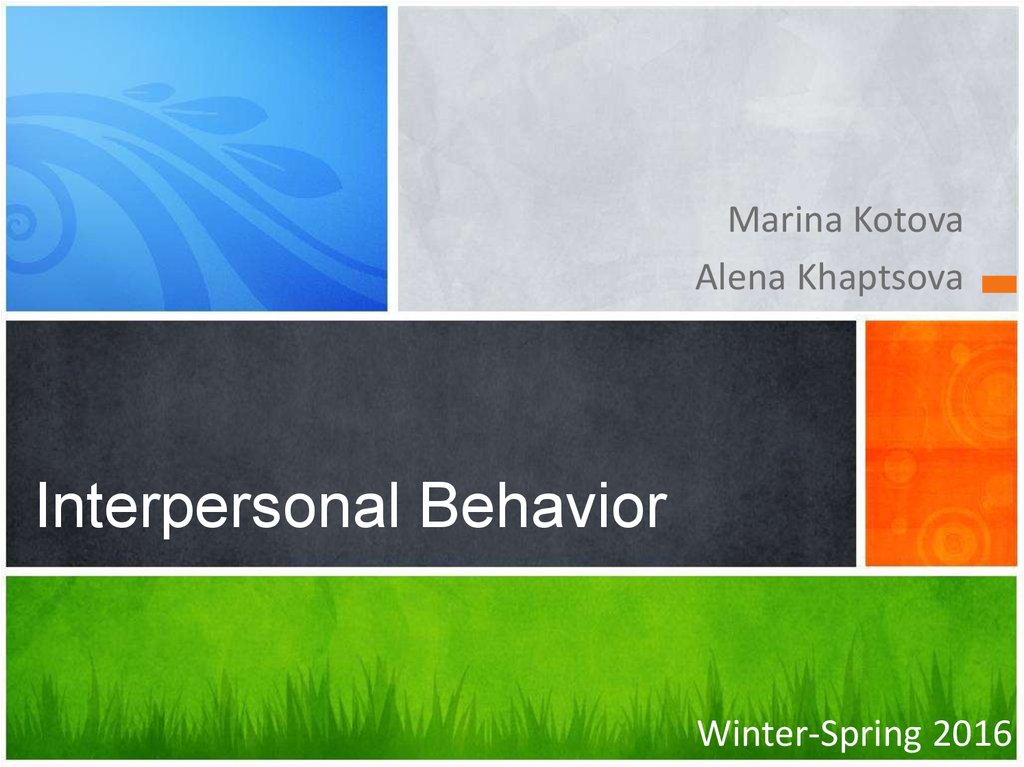




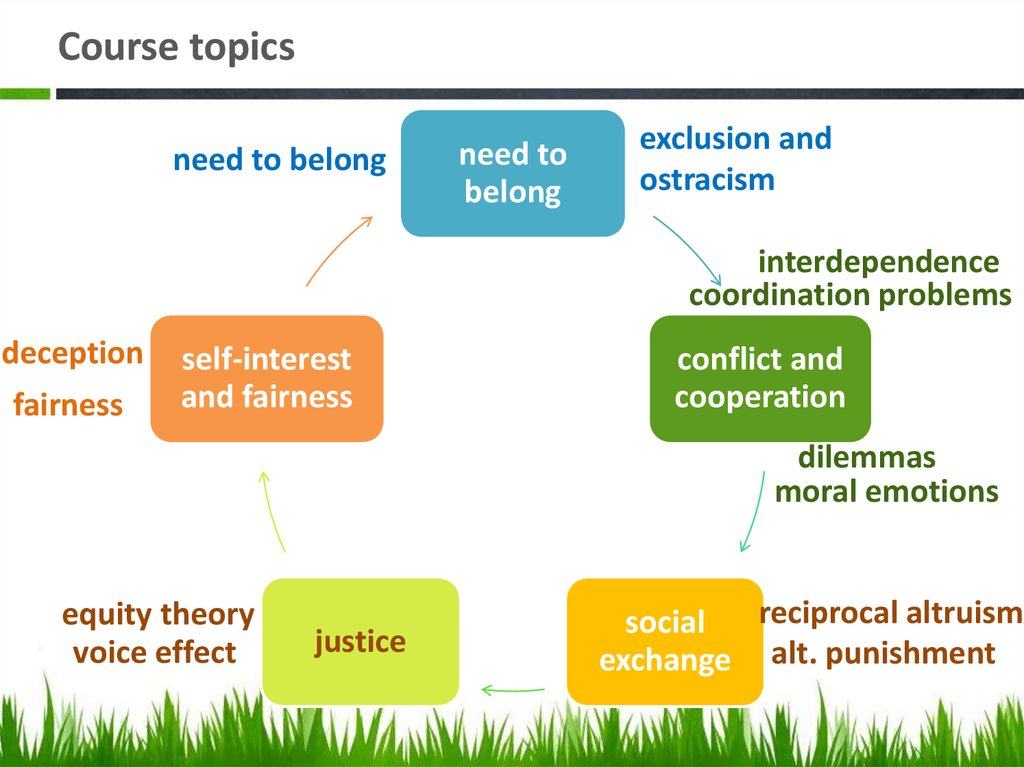
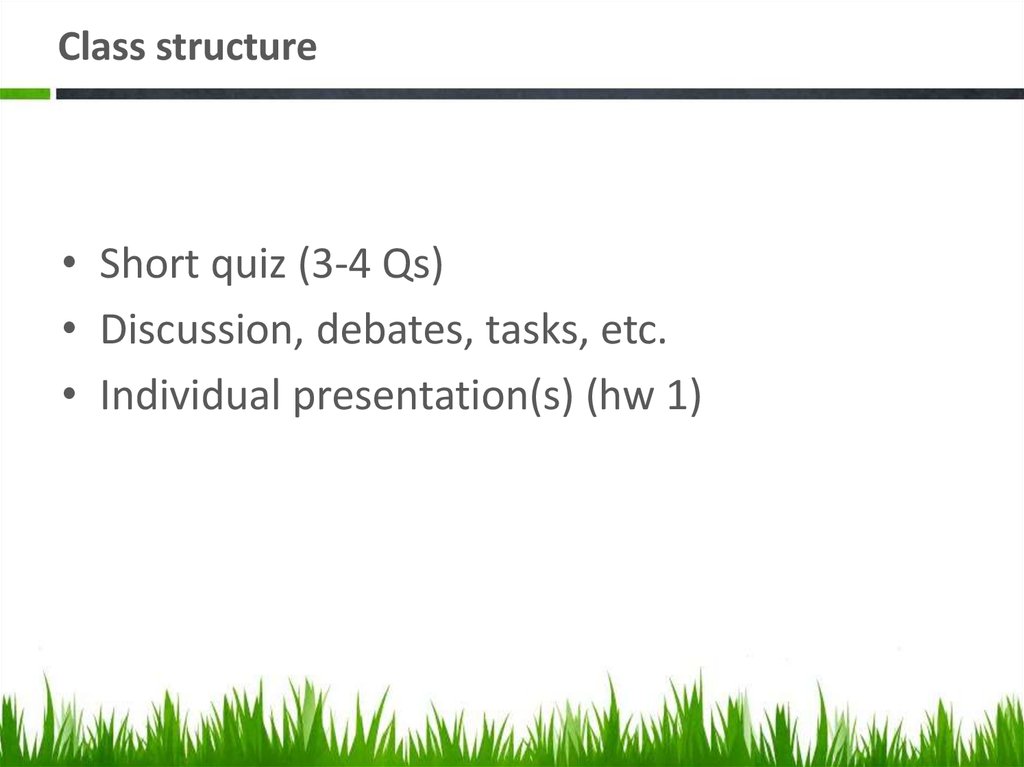

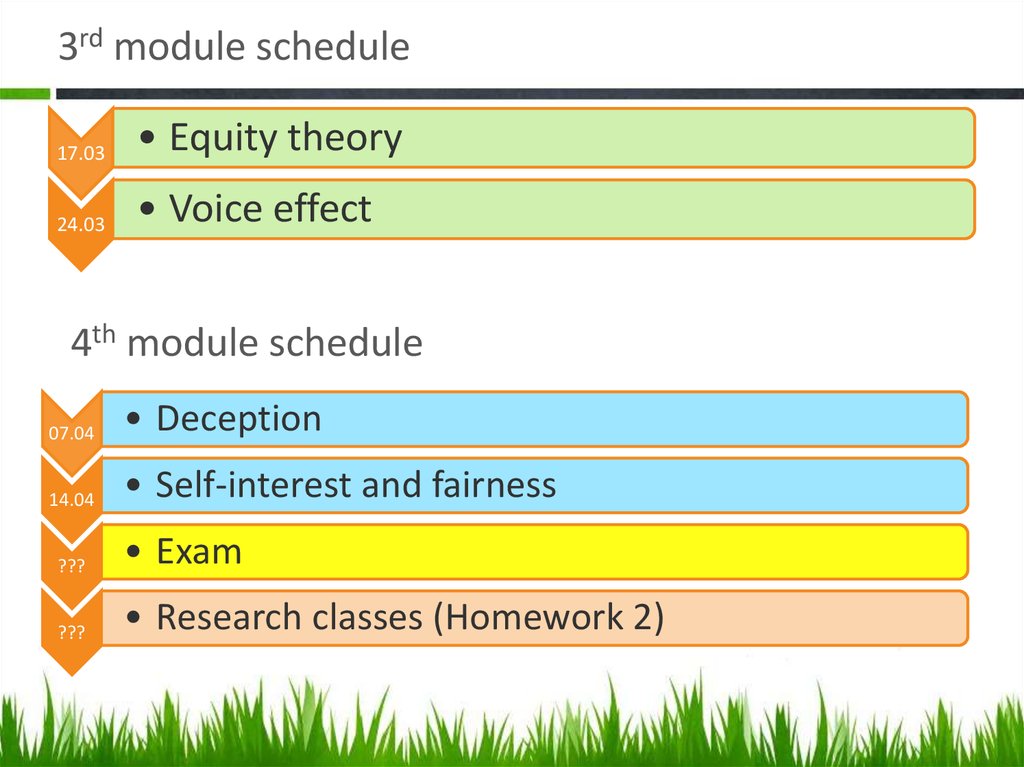
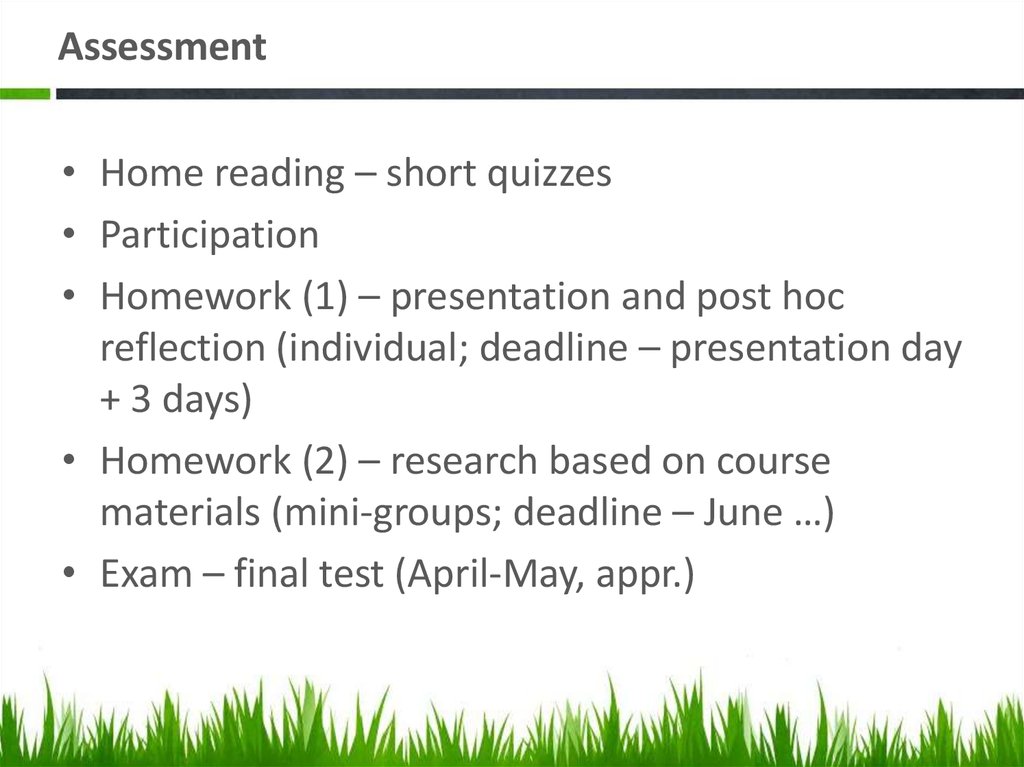
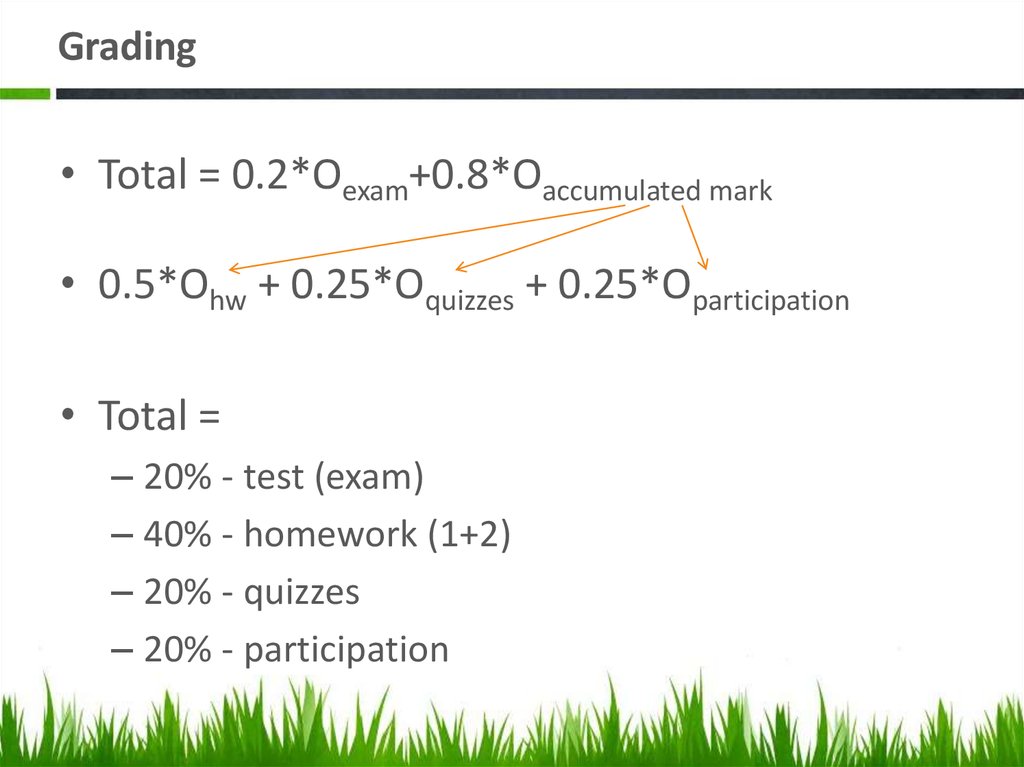
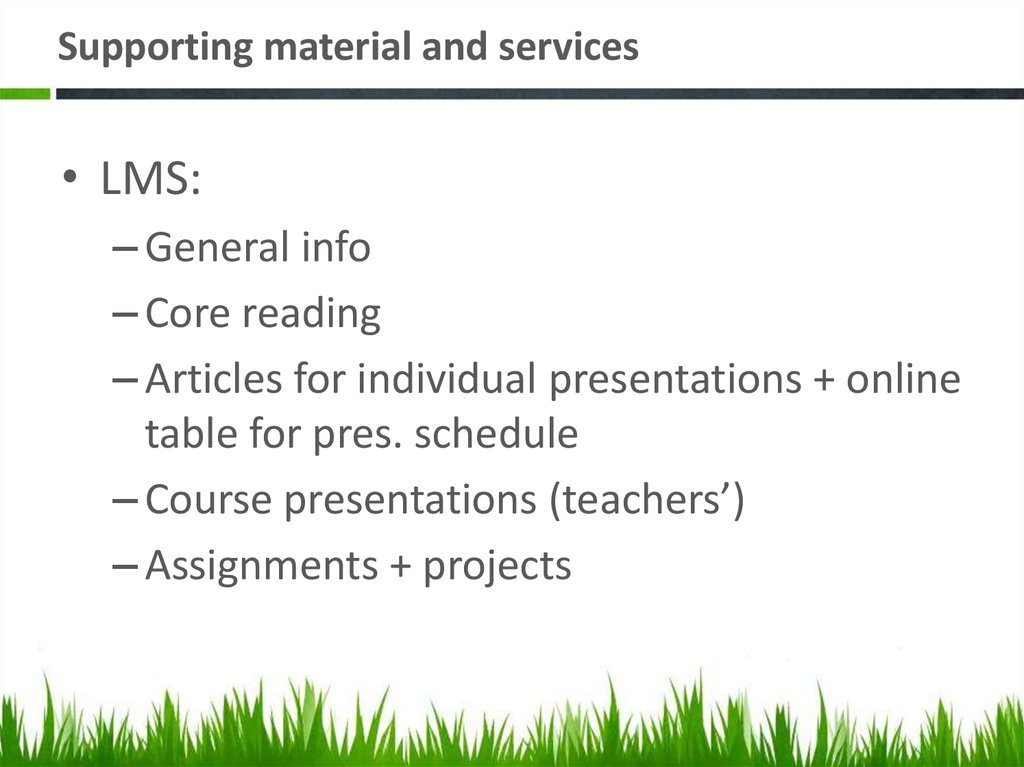



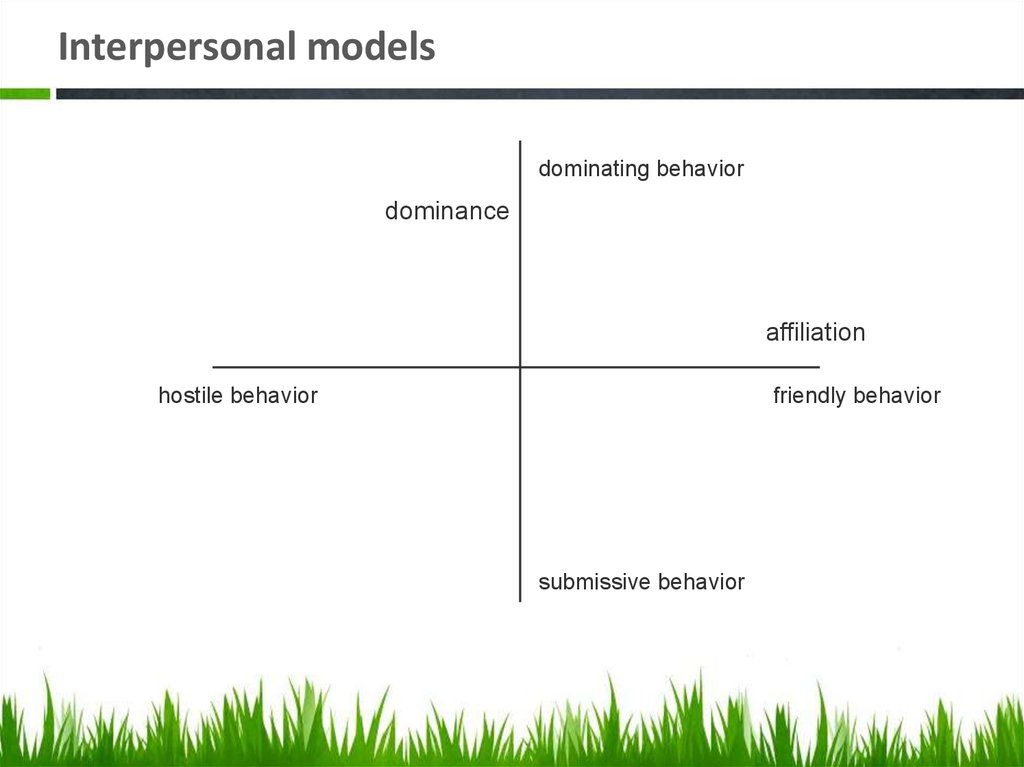

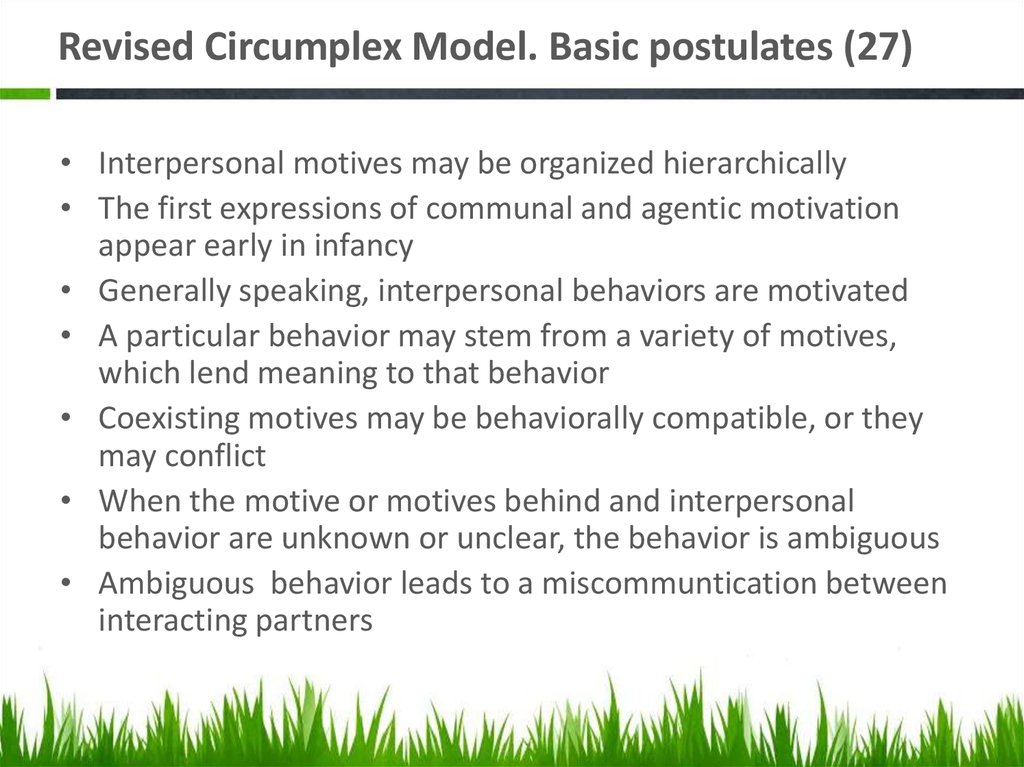





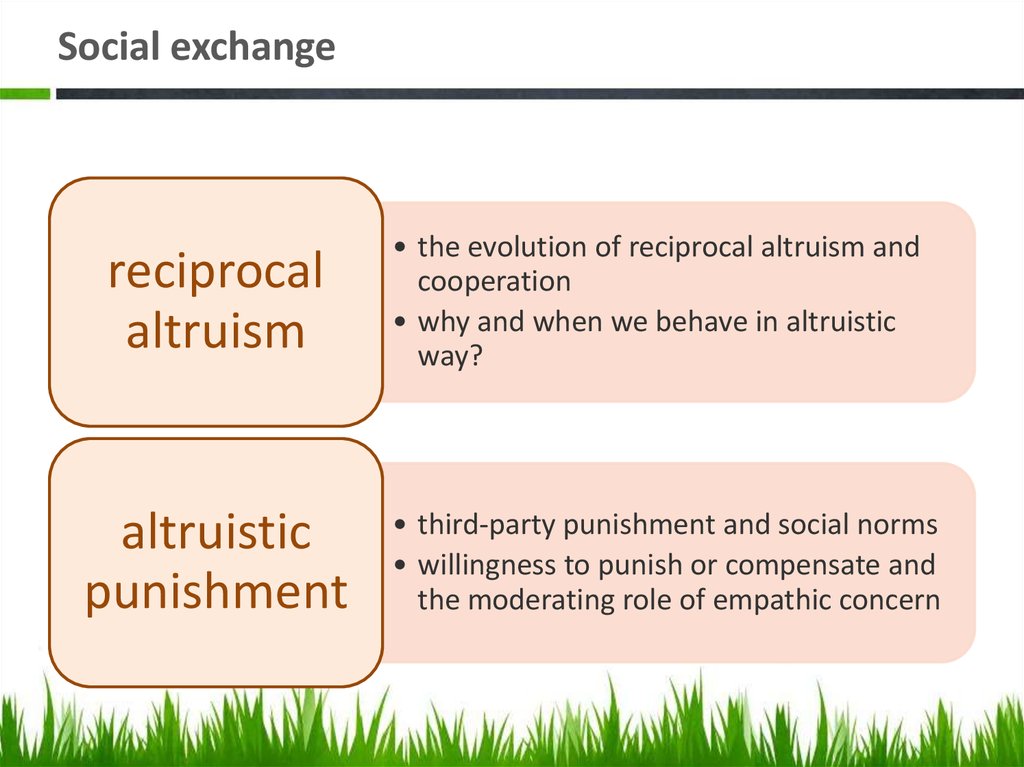

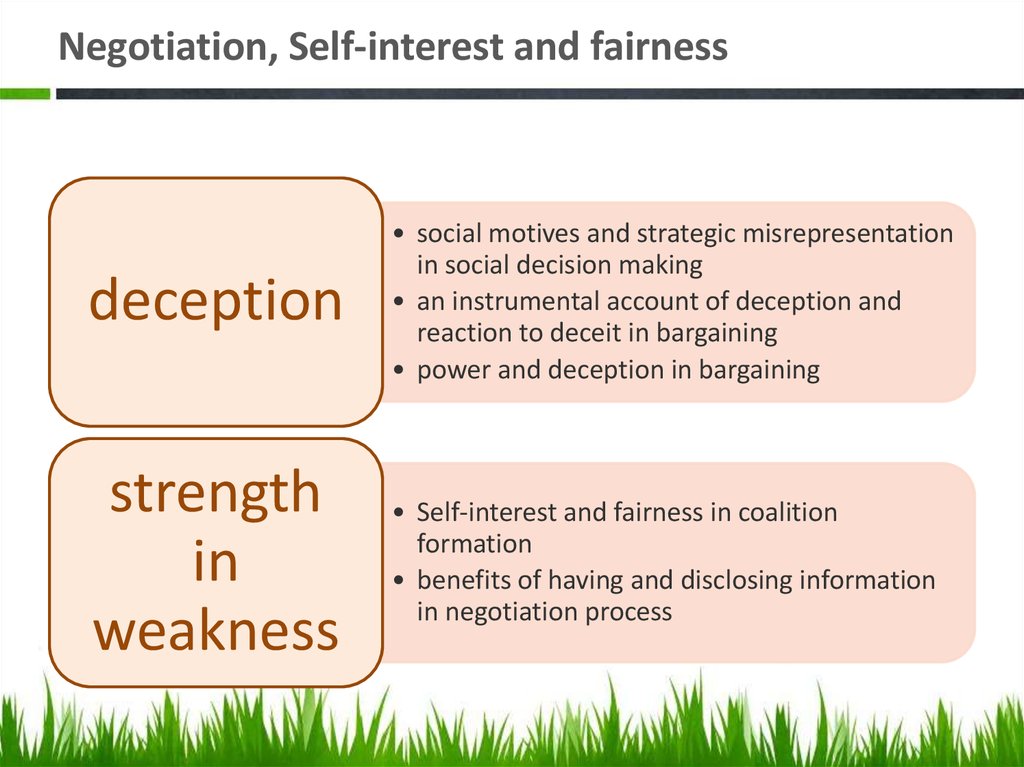
 psychology
psychology








